Real life transformer - Some one really had to much time on their hands
A Better Understanding of Stoplights
The way a person becomes smart is to store in their brain only the information that they have to know, dismissing the rest. If it's written down, I don't need to know it. That's what Albert Einstein would have you believe. But not Damjan Stanković. In an ideal Damjan Stanković world, you'd know how long you were at that stoplight because it would tell you what it's up to. Tell me what you're up to, stoplight!
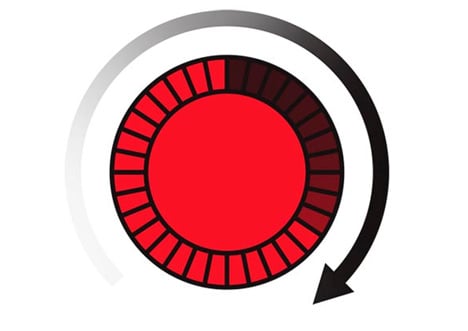



Airport Sleep Pods
Airport Sleep Pods
Have you ever slept at the airport? I sure haven't. The very idea scares the pee out of me. Some people do, though, and those people are crazy. For those of us who want the convenience of sleeping at the airport, without so much of the crazy, there's these amazing things right here! "Sleep Box" they go by the name of, designed by Arch Group for those who need private time in strange, unfriendly places!
There's a thousand instances where the ideal personal cubical could come in handy. Here's one of them: the airport. In between flights, what do you do? Sit in some marginally comfortable seats. Lots of time in between flights, what do you do? Sleep box.
The box itself is 2mx1.4mx2.3m. The main bed is 2×0.6m, equipped with an automatic system which changes the linens (think Fifth Element.) The bed is a soft, flexible strip of polymer and pulp tissue.
Ventilation system, sound alerts, built-in LCD television, wireless internet access, power sockets, extra luggage space under lounges. Payment is made in time, anywhere from 15 minutes to several hours.
The rest I leave up to your imagination!
Designer:


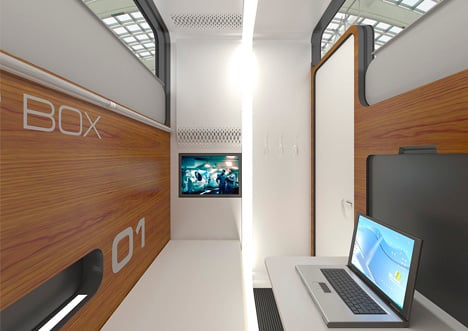
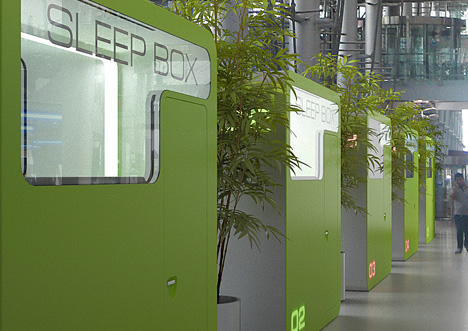
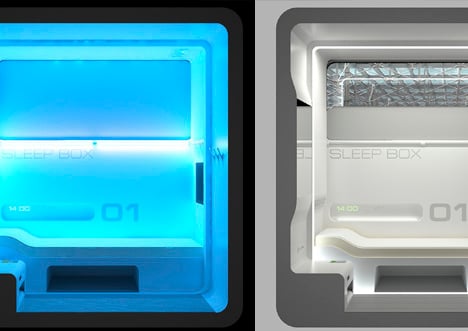
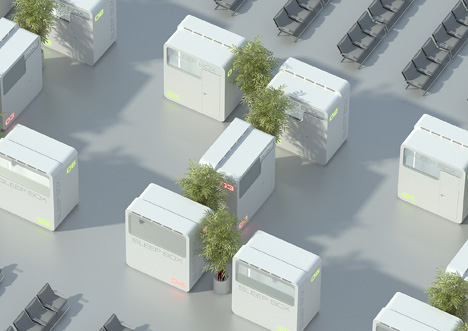 s
s
source>>>
Mosaic illustration done by Charis Tsevis
Mark Khaisman using nothing more than brown parcel tape
"I work on the light easel, applying translucent brown packing tape on clear Plexiglas panels, the layers built up to create degrees of opacity. My main motivation is my love for classics. The images are archetypes derived from the cultural heritage: art, architecture, movies. I am trying to be faithful to the source, but in the process of interpretation all kinds of things happen. The reason is submerged in the shadows, the purpose is absorbed by the light, the cultural icon has become the personal experience."
Chris Guilmour - Stunning and Jawdropping Cardboard Sculpture
Gilmour has imposed a strict logic on his works he makes objects using only cardboard and glue. There is no supporting structure, no wooden or metal frame. His interpretations of everyday objects are created in adherence to the use of a pure and single material, but instead of the marble or bronze of classical statues, he has chosen one of the most humble and commonly found of our industrial times.
Packaging cardboard is, by its very nature, intended to contain but it is then discarded. Gilmour, however, uses it to contain the work’s own identity and to highlight the displacement between the original object and the one made in cardboard. This displacement is marked by difference: his sculptures (and apart from the use of such a poor material, they conform to all the accepted precepts of sculpture) are not mere copies, but rather translations from life. This translation brings with it a process of knowledge- the knowledge of the small things within which the sense of daily existence is hidden.
The artist compares his sculptures to drawing, a way of seeing objects by observing and measuring them. There is a process of deconstruction, followed by the actual construction process. It is in this process of making, in an almost instantaneous and immediate construction, as if Gilmour was using a pencil on a piece of paper, that the subtlety of diversity is embodied.
Gilmour’s work includes stunning virtuoso life-size objects, as well as cruder and more essential reproductions, sometimes left at a stage that calls to mind drafts or models. These are however all based on objects we have all experienced first hand- a typewriter, a car, a bicycle, a wheelchair. These objects are always carefully chosen for their evocative and conceptual power, for the potential for mnemonic narration that they contain. They offer a blank canvas upon which the viewer can project their own memories or experiences, recalling collective perceptions or the gestures and the rituals of daily life. All the objects have an uncanny power to provoke a sensation of attraction and a desire to interact in the viewer. The ordinariness of the actions associated with these objects causes the viewer to unthinkingly act out the gesture associated with it- to type, or to open the car door- and it is this contradiction between the seeming functionality of the objects and the fact that in reality they are “fake”, this peculiar conceptual short circuit, which increases the bewildering effect of the works and lets us into a poetry of pure plastic forms.
Guido Bartorelli
Translation: Simonetta Caporale"













For more work from this artist visit the link bellow
source >>> www.chrisgilmour.com










.jpg)









